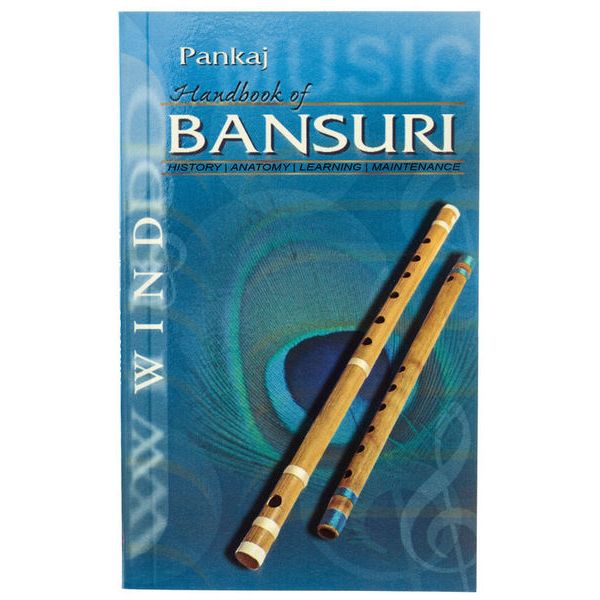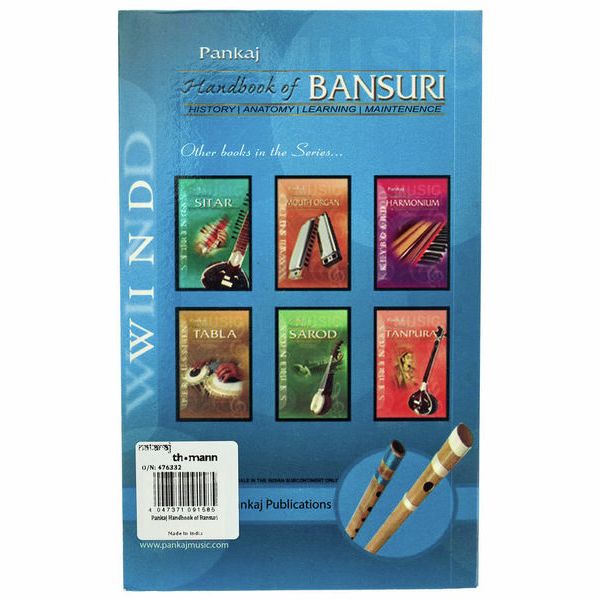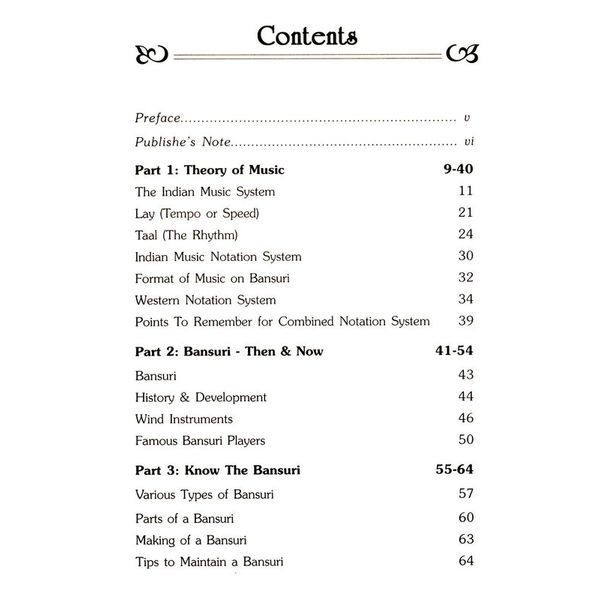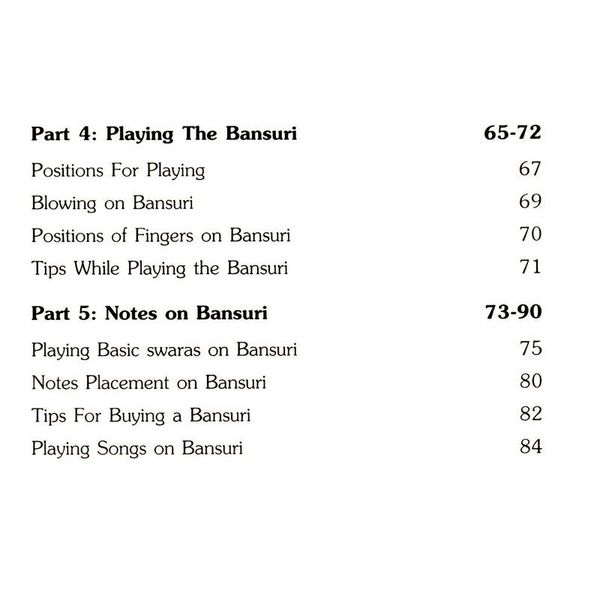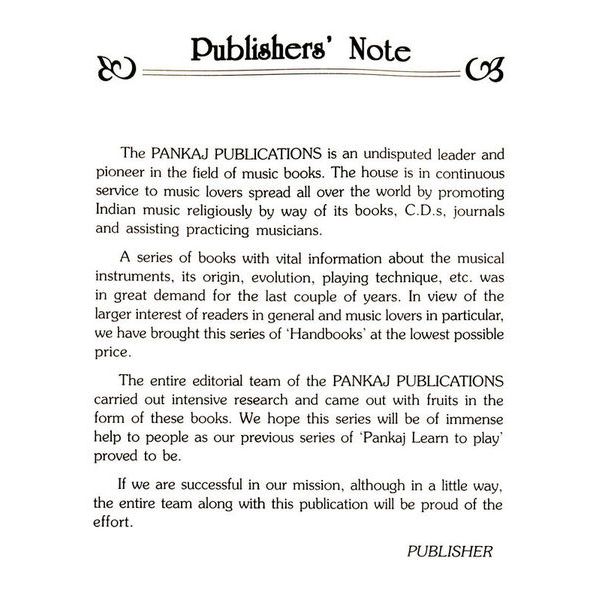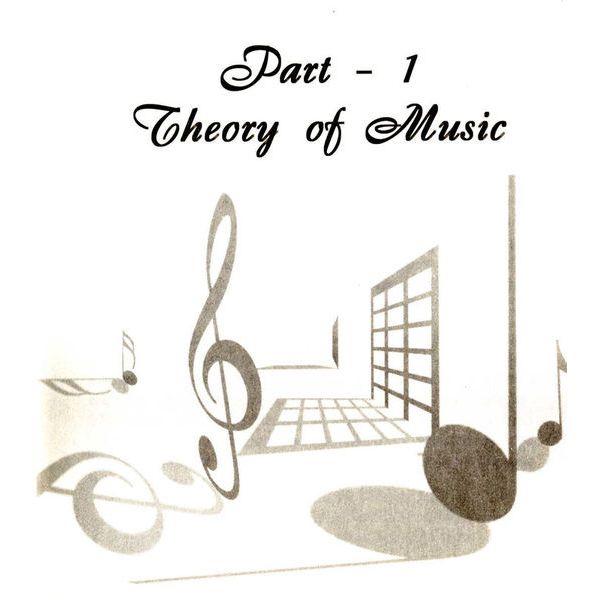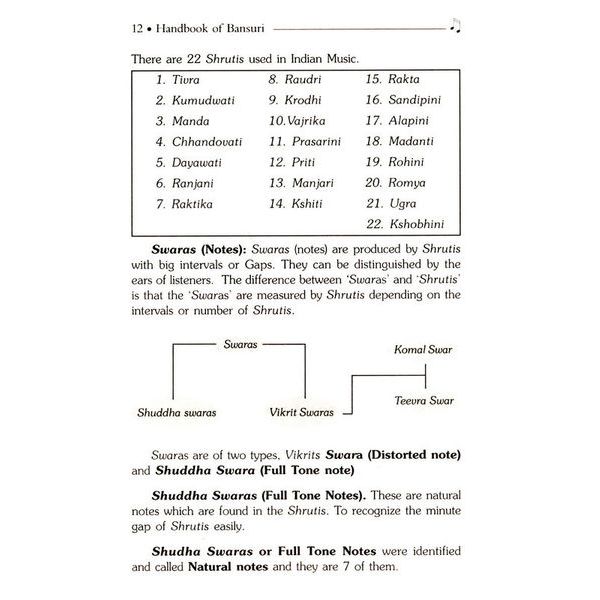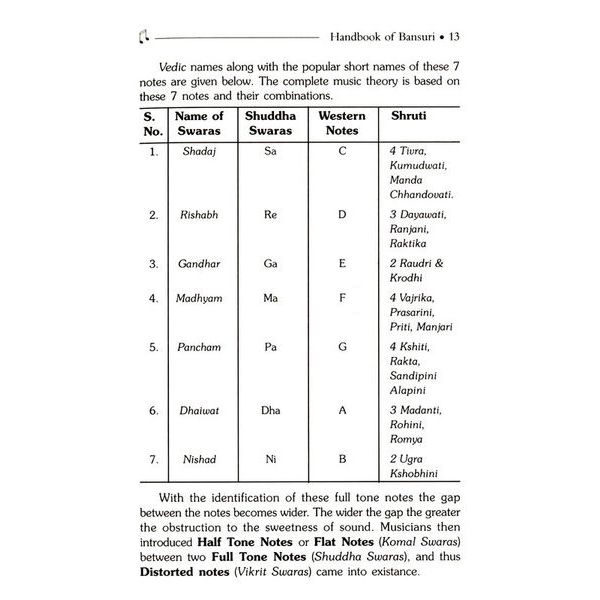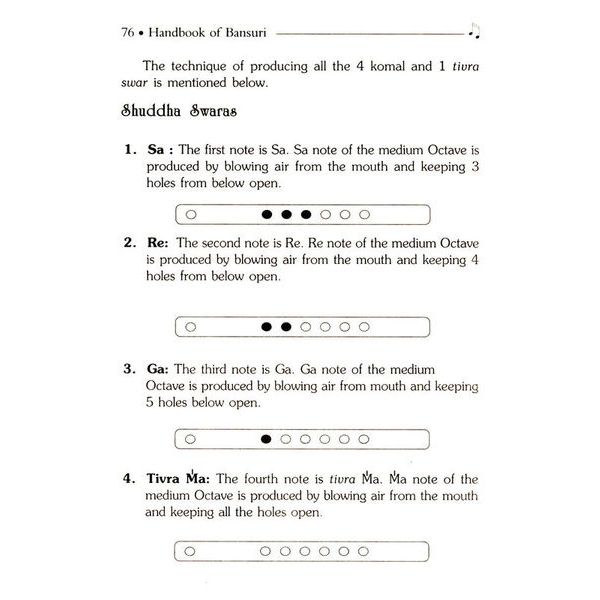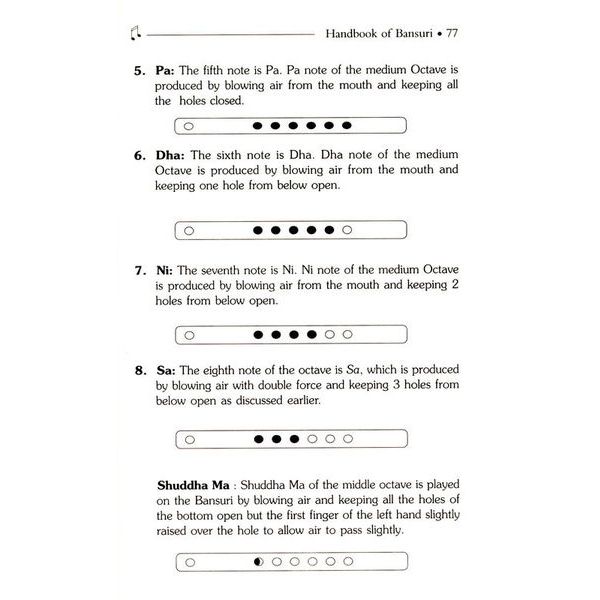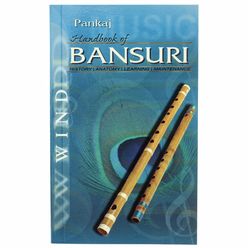Méthode de Bansuri
- Par Pankaj Vishal
- ISBN : 9788187155997
- Format : 13,2 x 21,4 cm
- 92 pages
- En langue anglaise
Contenu :
- Histoire
- Structure
- Soins
- Jouer de l'instrument
Référencé depuis
Janvier 2020
Numéro d'article
476332
Conditionnement (UVC)
1 Pièce(s)
Cornemuse
Non
Tin Whistle
Non
Flûte de pan
Non
Guimbarde
Non
Bansurî
Oui
Clarinette pour enfant
Non
Chalumeau
Non
Saxonett
Non
Triola
Non
Mélodica
Non
Didjeridoo
Non
Xaphoon
Non
Duduk
Non
Bonus audio
Non
Langue allemande
Non
Langue anglaise
Oui
Langue française
Non
Les clients qui ont regardé ce produit ont acheté ceci
-
Aller à la catégorie Méthodes pour Autres Instruments à Vent
-
Aller à la catégorie Partitions pour Autres Instruments à Vent
-
Aller à la catégorie Partitions pour Instruments à Vent
-
Aller à la catégorie Méthodes, Partitions, DVDs & Livres Spécialisés
-
Voir les infos pour le constructeur Pankaj Publications
-
Pankaj Publications Méthodes, Partitions, DVDs & Livres Spécialisés en un clin d'oeil





